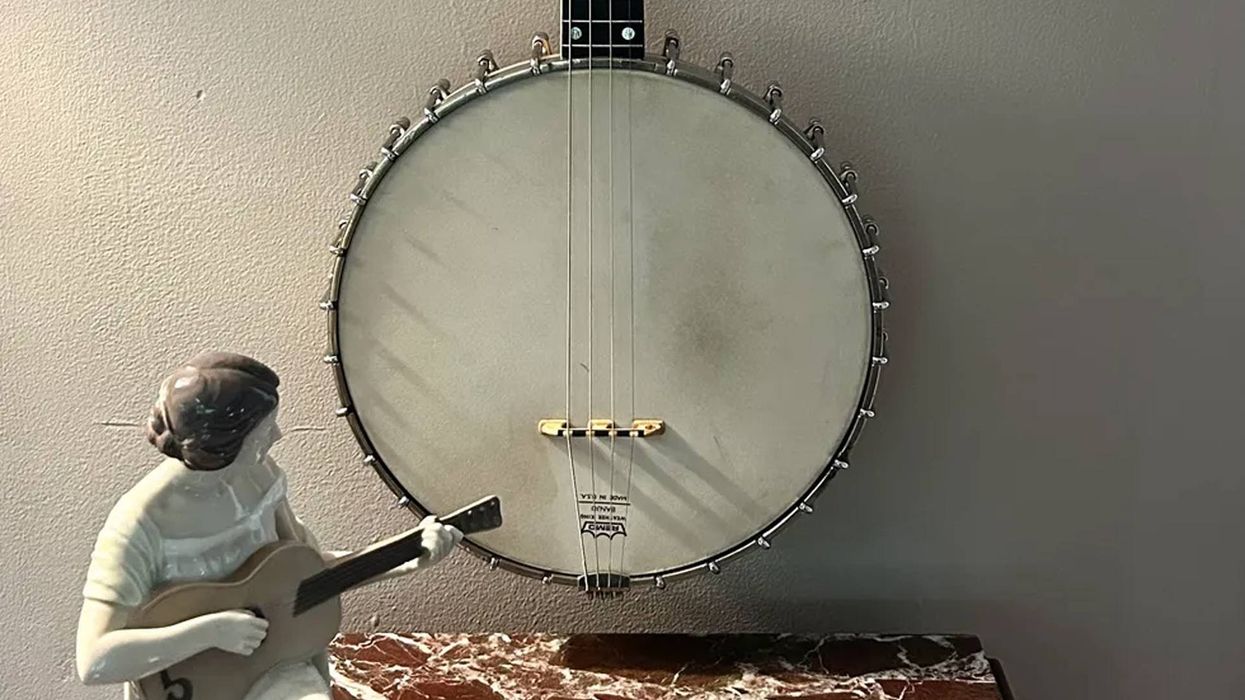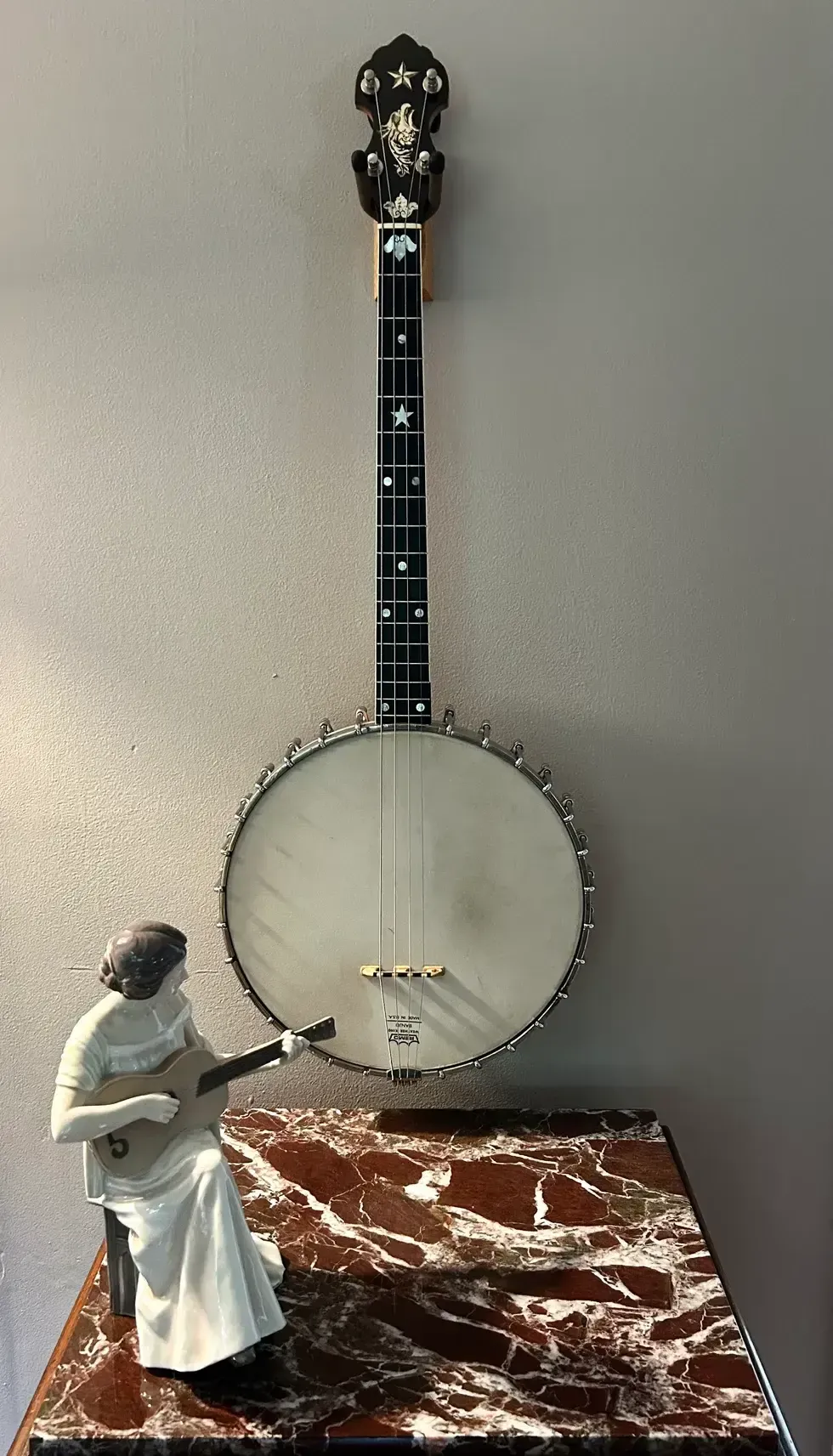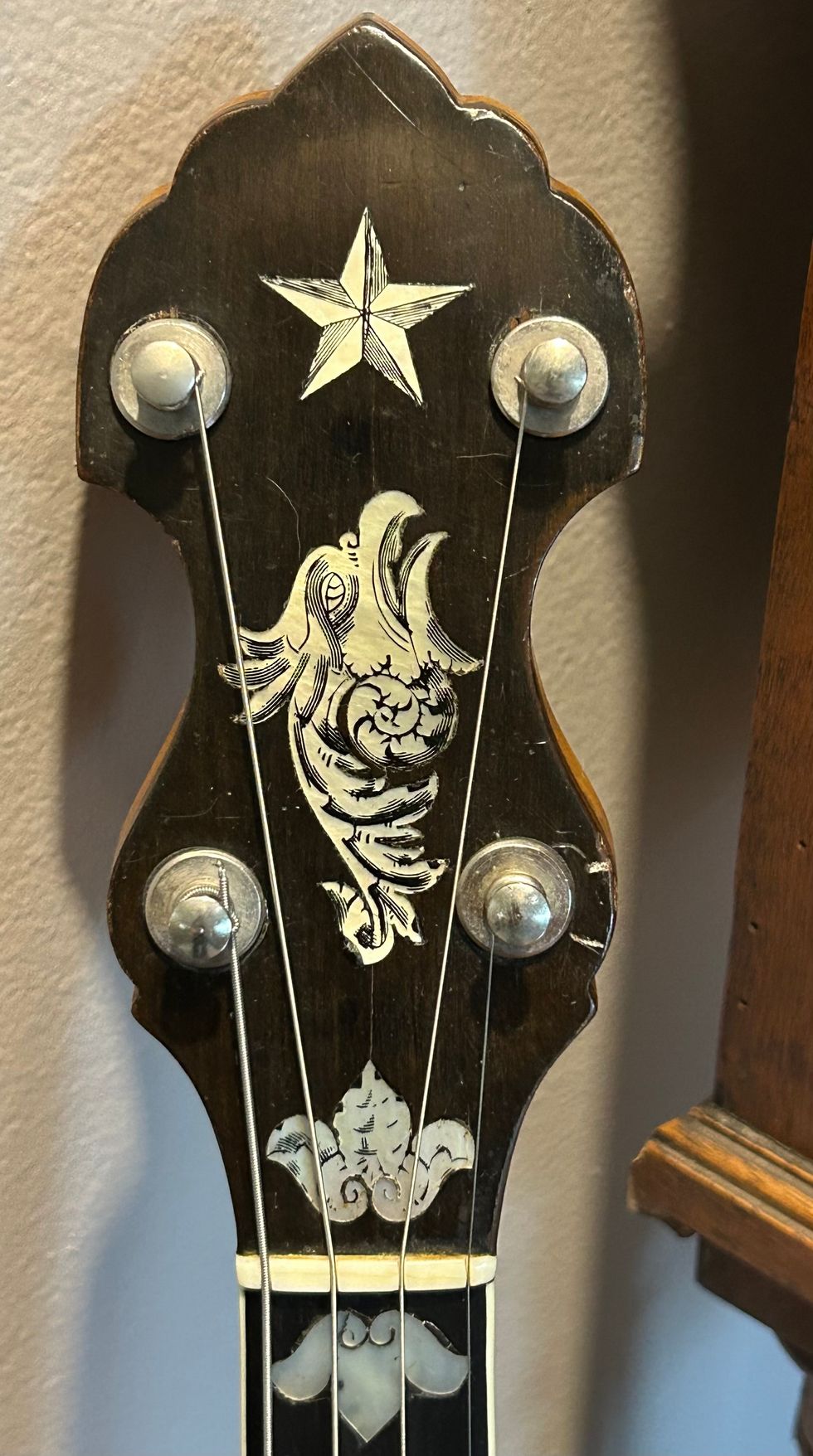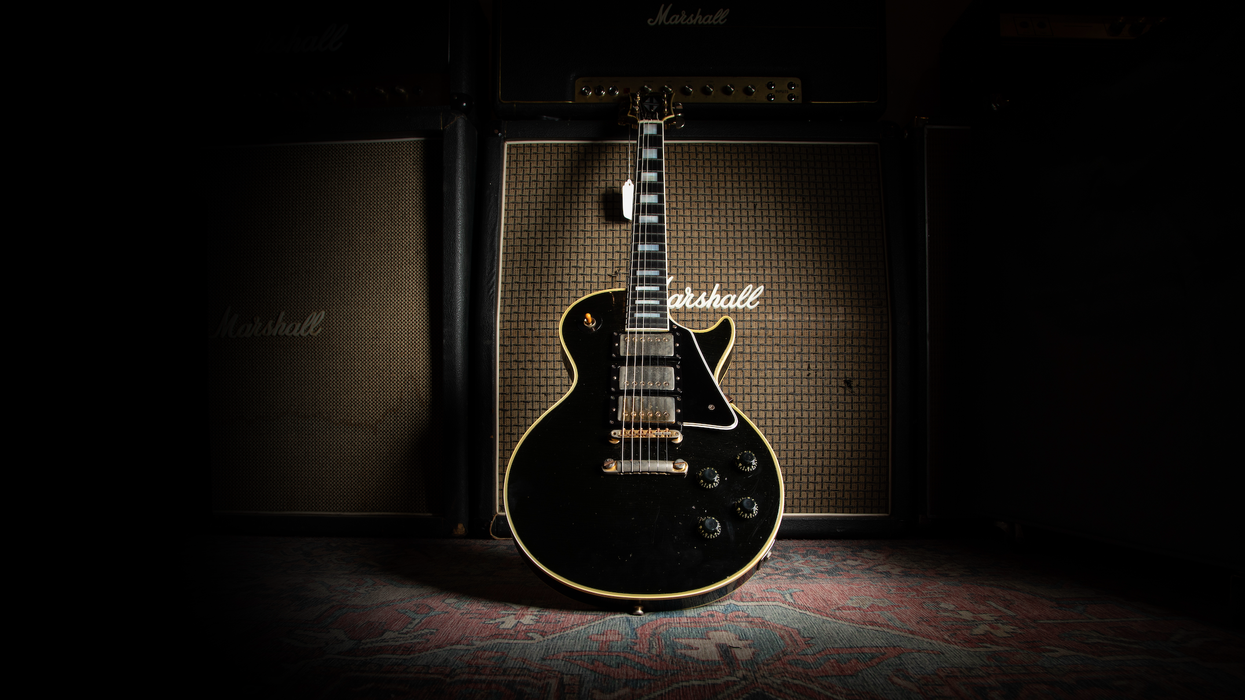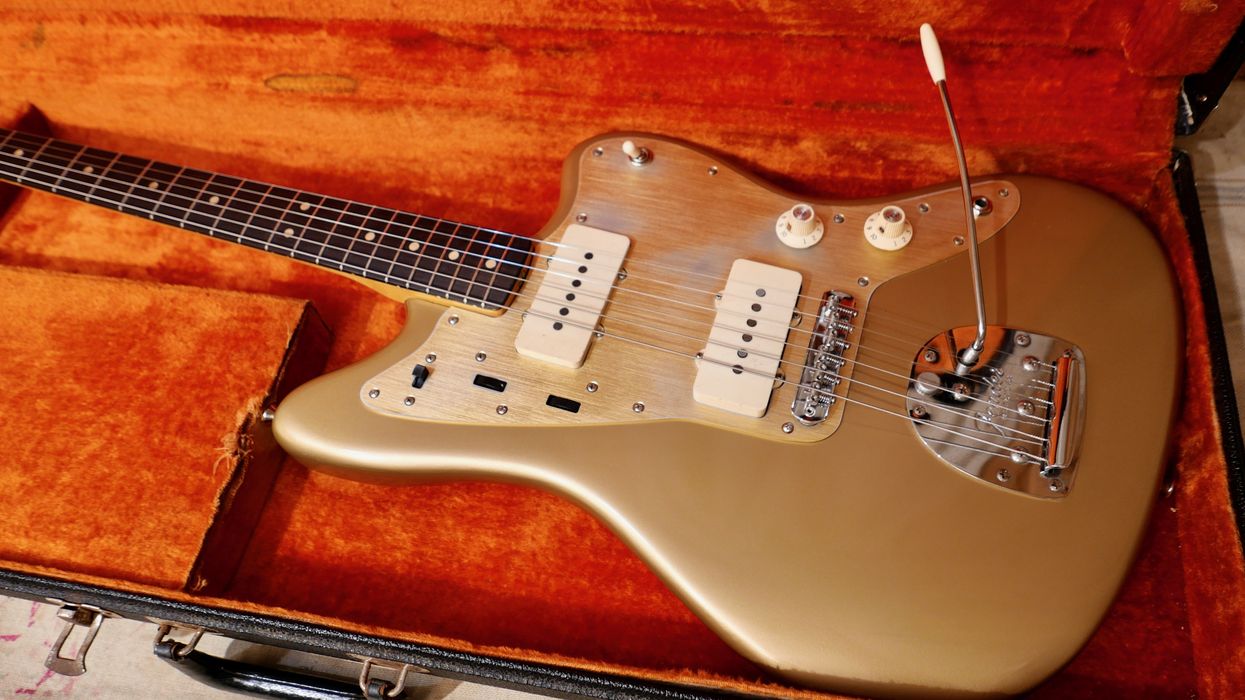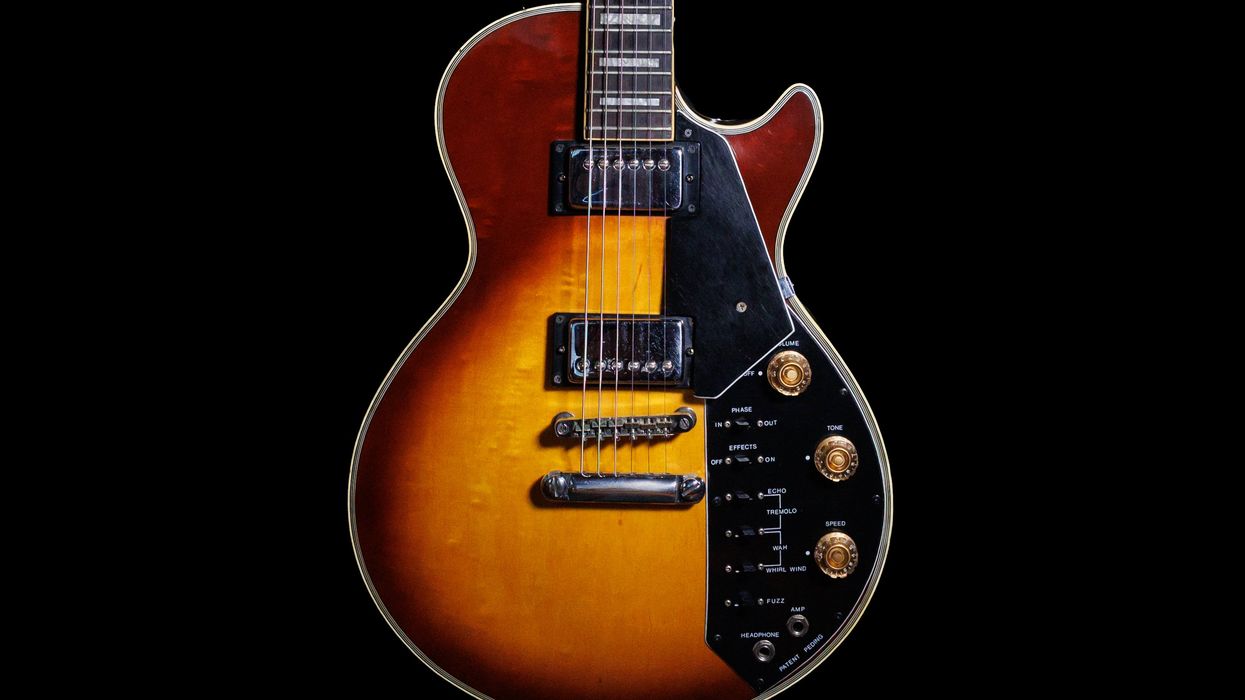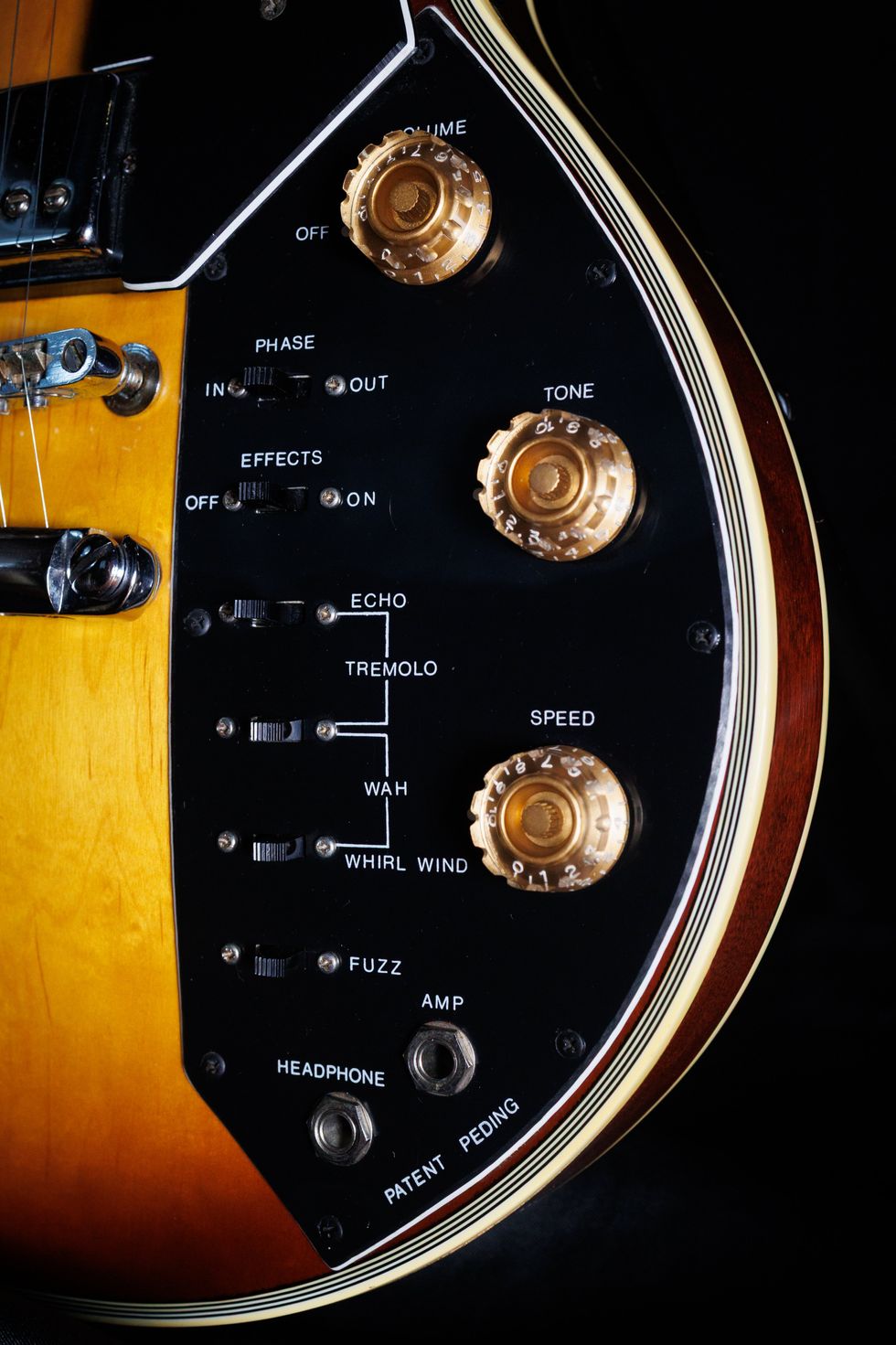If you've been following my recent contributions to Vintage Vault, you may have noticed a certain propensity for oddball instruments of the 1960s. I've covered such gems as a rare multi-colored Wandre and an exceptionally slick Yamaha SG-5, so, following this thread, it was only a matter of time before we landed on something from Micro-Frets—a lesser-known but unquestionably groundbreaking builder that existed for just a brief window starting in the mid '60s.
The tale of Micro-Frets has been told here and there over the years, but the short version goes like this: Ralph Jones founded the company in Wheaton, Maryland, in 1965 before ramping up to a larger workshop upstate, in Frederick, in 1967. Over the next few years, the company built a steadily expanding and evolving lineup of guitars and basses, introducing a variety of clever components and features at each step. Right as things were hitting stride, Jones passed away, leaving his wife, Hazel, and production manager, Gary Free, to continue building guitars with their remaining stock of supplies before closing up shop entirely in 1975.
The nut on Micro-Frets guitars features a fine-tuning mechanism using screws for precise intonation.
Altogether, the company produced fewer than 3,000 instruments, which aficionados typically classify into one of three eras or styles of production. The company's Style 1 guitars feature 2-piece semi-hollow bodies held together by clips and bear a pronounced seam around their sides, created by a gasket. They also had grille cloth covering a small soundhole. Style 2 eliminated the gasket and grille cloth. Style 3 scrapped the clips and featured glued 2-piece bodies. While Micro-Frets never achieved anything near the notoriety of a Fender or a Rickenbacker, the peculiarities of their designs solidified them as a cult favorite and left many fans wondering what might've been if the company had kept going just a bit longer.
The Micro-Frets logo makes clear who invented this vibrato system, which was designed for improved intonation and is capable of radical full-chord dives.
The reason for this fandom comes from these guitars' reputation for quality, tone, and innovation. Micro-Fret guitars include an idiosyncratic “Micro-Nut," which allows players to intonate each string individually at the bridge and via an adjusting screw on each string at the nut. On the other end of the body, most Micro-Frets guitars built after their earliest phase sport a “Calibrato" vibrato tailpiece. Like the nut, this system offered a new level of adjustability over each string (anticipating, in some ways, later designs like the Floyd Rose). There's also the body construction style found on most Micro-Frets instruments, centering on a 2-piece body with a circularly routed cavity. There's currently a prototype listed on Reverb that shows an early instance of this strange approach.
Some of the badge-of-honor wear marks on this Stage II indicate, perhaps, that this guitar has literally hit the stage. Also, note the seam where the halves of the body are glued together.
Today's featured guitar is a 1971 Stage II, for sale by Guitar House of Tulsa. The Stage II is one of the more common Micro-Frets models on the vintage market, and this one is in very good shape with just the normal play wear and scratches you'd expect. It features two of the standard-issue Micro-Frets P-90 pickups, which were designed by Bill Lawrence. They nestle next to a cool bi-level pickguard. In the lower portion of that pickguard are standard single volume and tone dials, with a pair of toggles. One is a 3-way switch for the pickups, and the other is a special “Hi-Fi" circuit designed by Lawrence to tap the pickups at about 80 percent of their windings. In demo videos for this model, you'll hear a clear, chiming tone that sounds terrific alone or paired with a fuzz pedal or lower-headroom amp for breakup. Noted Micro-Frets players include Carl Perkins, Mark Farner of Grand Funk Railroad, and Martin Gore of Depeche Mode.
Micro-Frets offer an intriguing slice of vintage American guitar craft that can be had for significantly less cash than similar-era guitars from the majors. While some of the rarer and more bizarrely finished Micro-Frets models can command higher price tags, more standard examples like this Stage II typically run in the $1,500 to $2,200 range. Not bad for a small-batch-built guitar with features you won't find anywhere else on the vintage market.


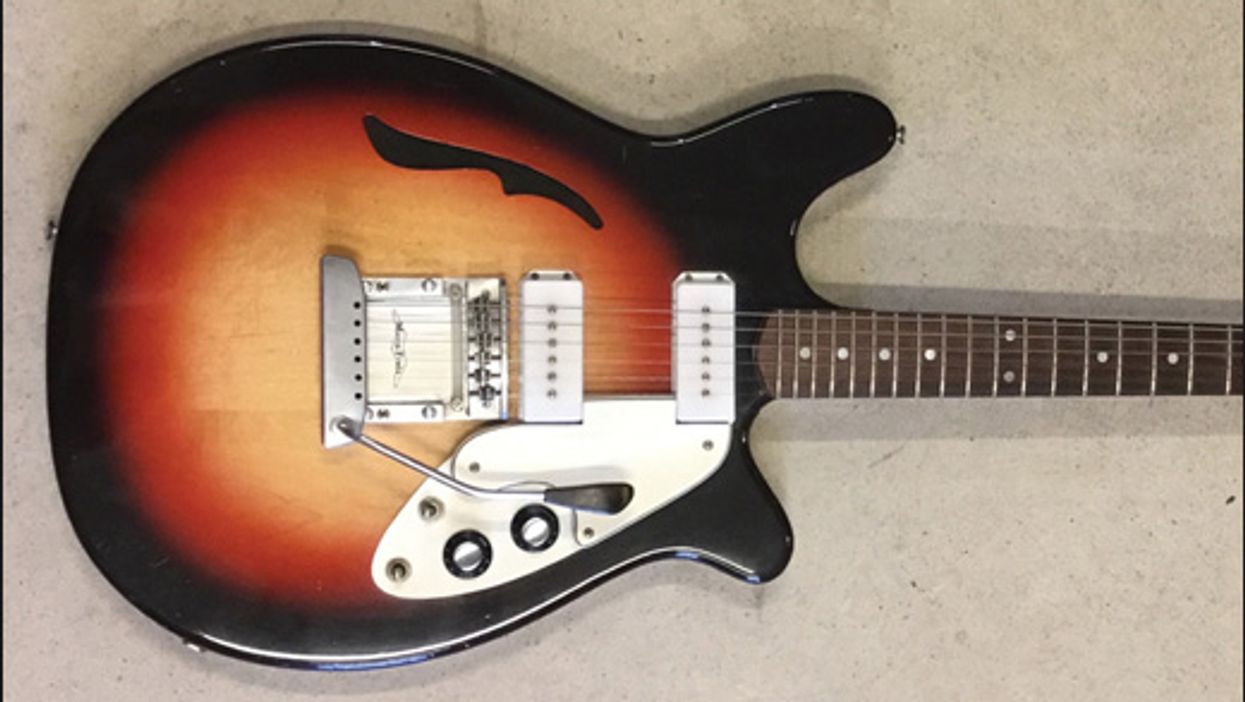

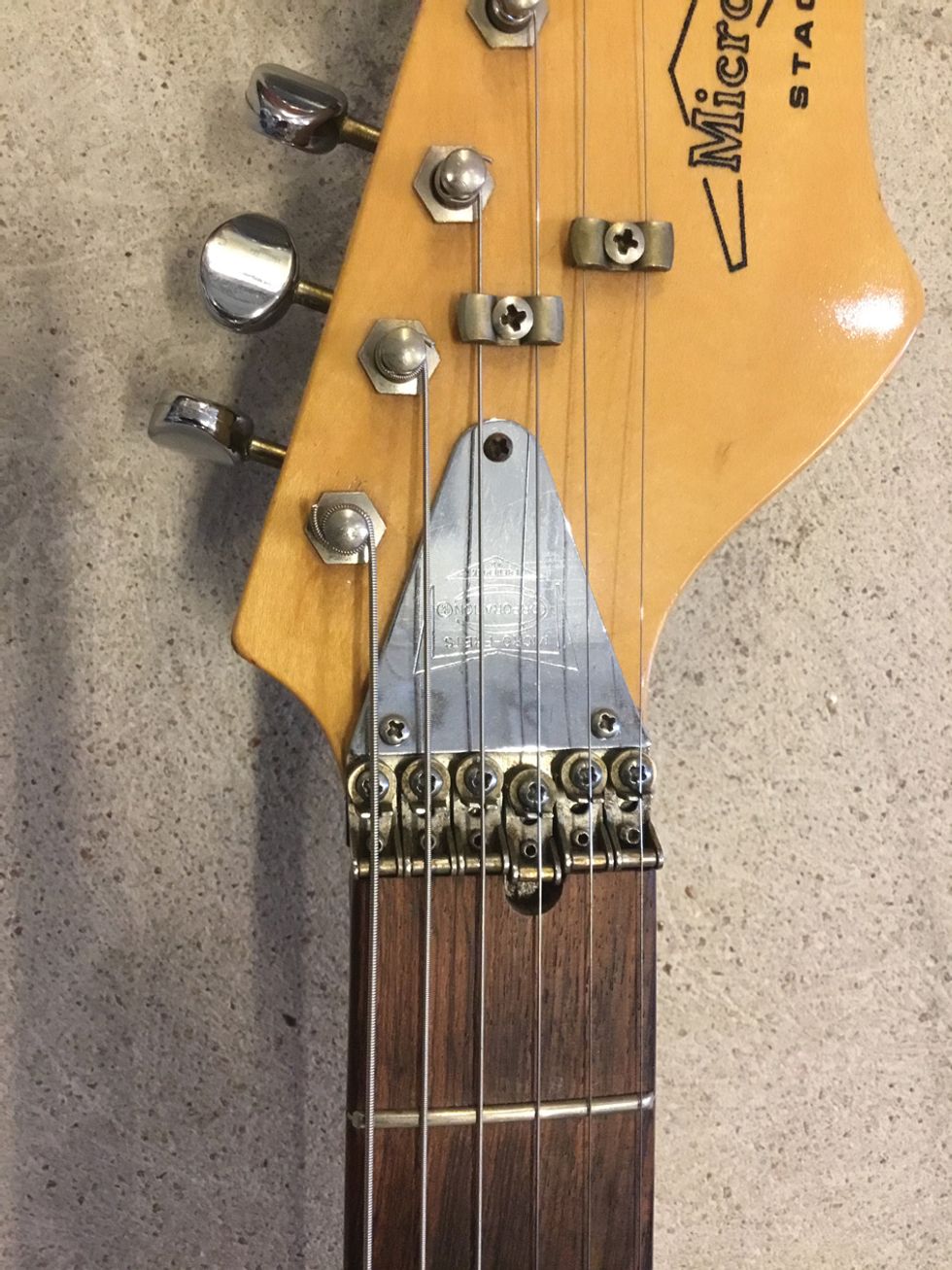
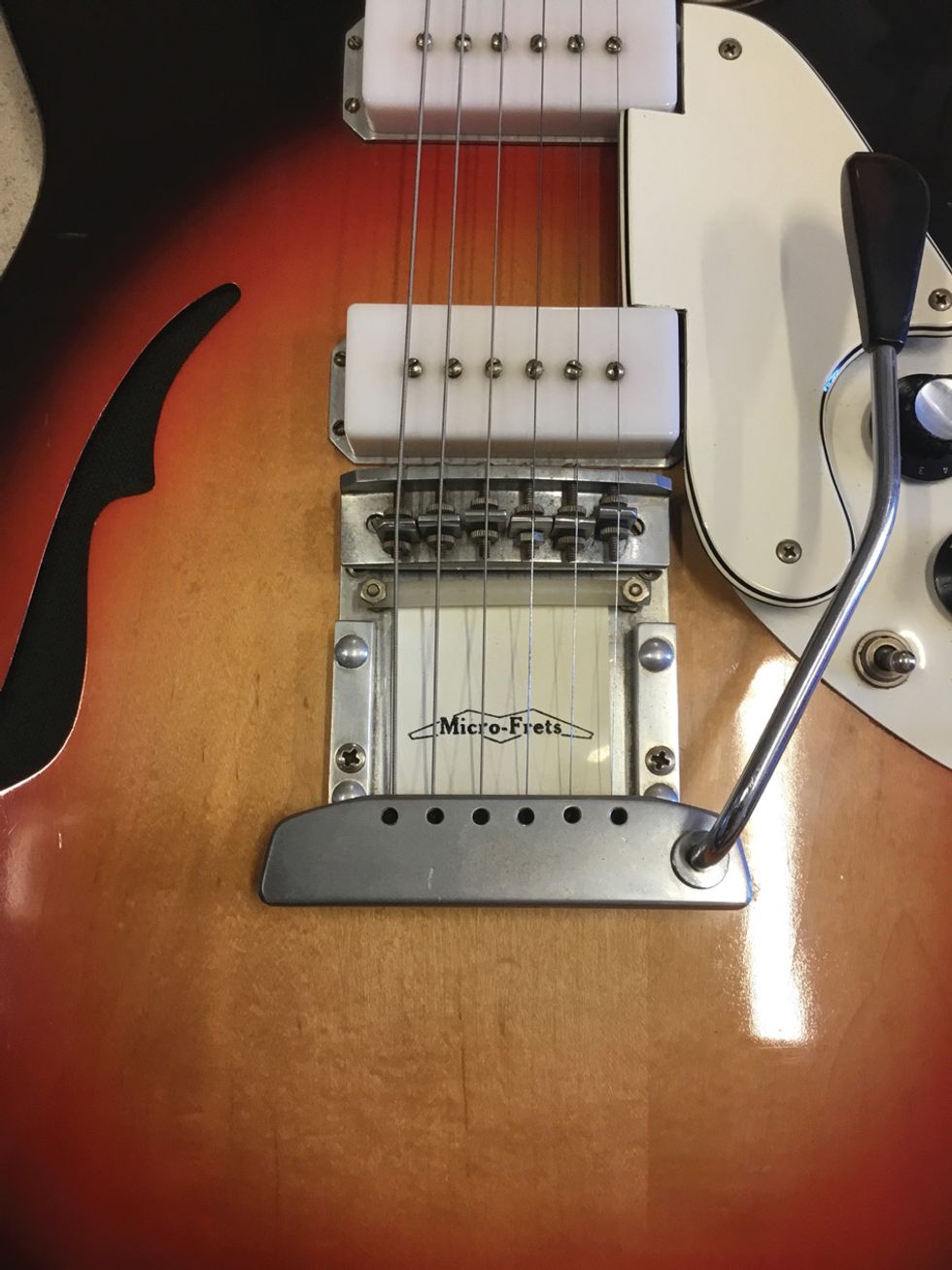
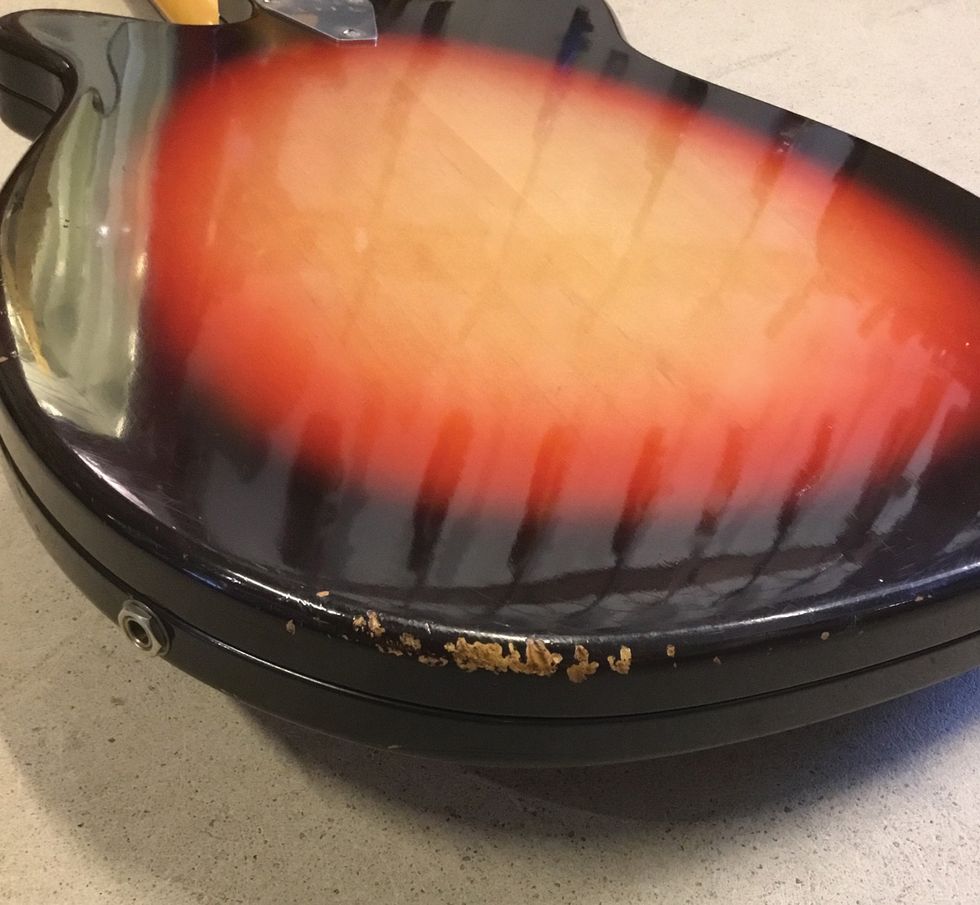









![Rig Rundown: Russian Circles’ Mike Sullivan [2025]](https://www.premierguitar.com/media-library/youtube.jpg?id=62303631&width=1245&height=700&quality=70&coordinates=0%2C0%2C0%2C0)


